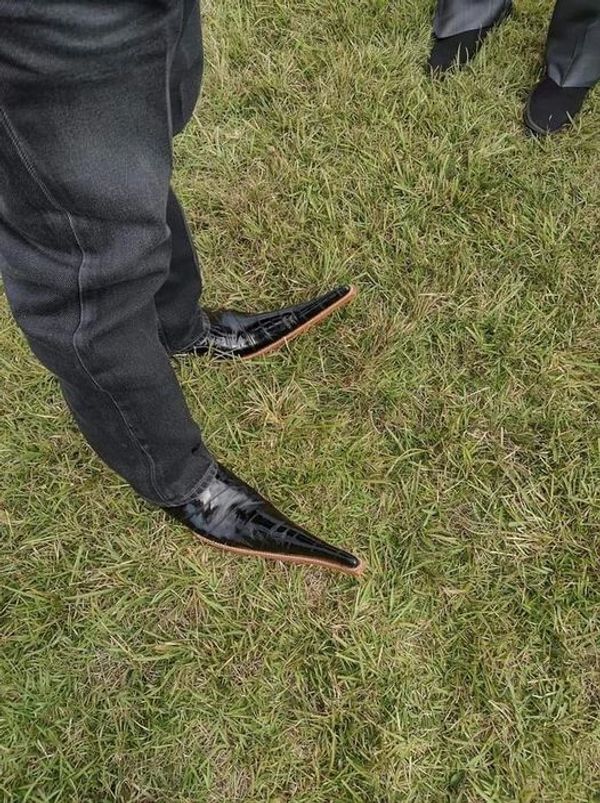
Computer scientists from Austria have recently developed a groundbreaking shoe called InnoMake that is designed to assist blind individuals in maneuvering around obstacles while walking. This innovative product, created through a collaboration between Graz University of Technology and Austrian company Tec-Innovation, has the potential to greatly improve the lives of visually impaired individuals.
InnoMake is equipped with a waterproof ultrasonic sensor on the toe of each shoe, which can detect obstacles up to an impressive distance of 13 feet away. When an obstacle is detected, the wearer is alerted through a combination of vibrations and sounds, providing them with important information about their surroundings. This technology is comparable to the parking sensors commonly found in vehicles.
Markus Raffer, a visually impaired co-founder of Tec-Innovation, has personally experienced the effectiveness of InnoMake. He praised the shoe, stating, “This works very well and is already a great help to me personally.” The shoe can be purchased as a complete pair or as a retrofit option for existing footwear.
In addition to detecting obstacles, the sensors in InnoMake are also capable of identifying the nature of the object, whether it is a wall, car, or stairs. This enables the shoe to provide customized alerts based on the specific obstacle encountered. The goal is to provide visually impaired individuals with as much information as possible about their surroundings.
Tec-Innovation has plans to further enhance the design of InnoMake by incorporating camera-based recognition and machine learning technologies. By utilizing camera images from the foot’s perspective, the shoe will be able to determine areas that are free from obstacles, ensuring a safe walking path. Furthermore, future iterations may even offer a “street view navigation map” to assist other users.
The potential of InnoMake to transform the lives of visually impaired individuals is immense. By providing them with better tools for navigation, this shoe empowers them to navigate their surroundings more independently and safely. Thanks to the combined efforts of Austrian computer scientists, the future is looking brighter for those with visual impairments.



